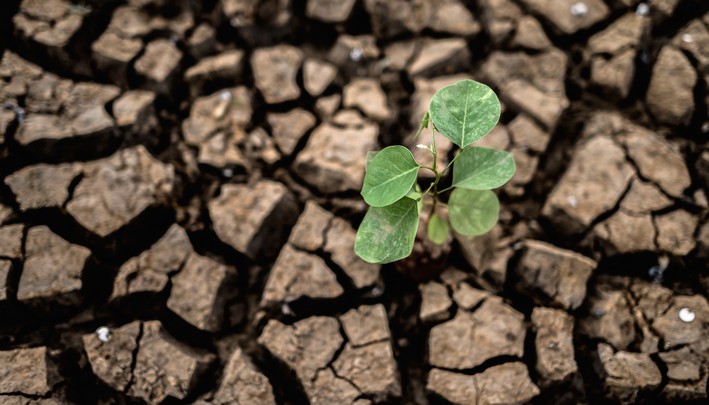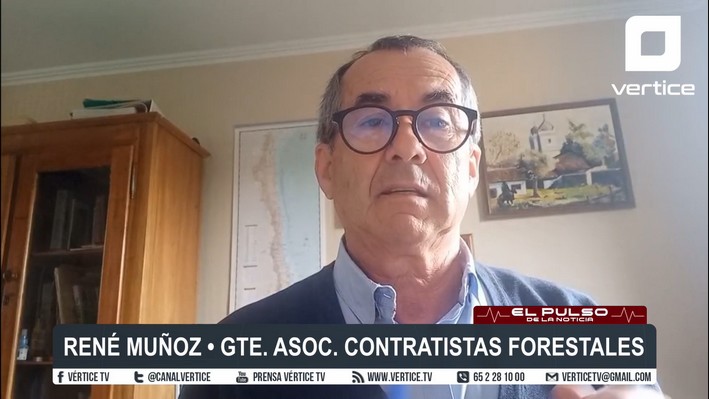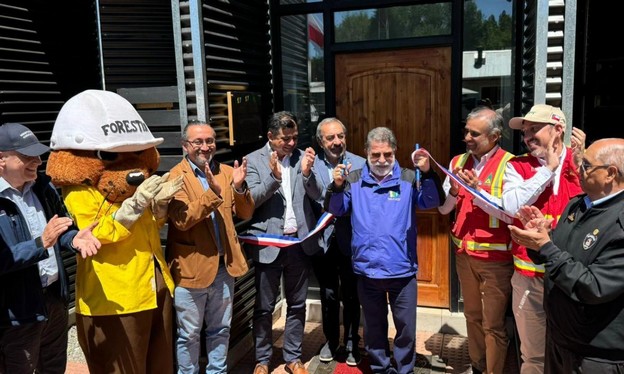Only 3.8%: The Scarce Water Availability in the Biobío Region
Although this winter's rainfall has brought some relief to the fields and the morale of rural communities, the water outlook in the Biobío Region is far from optimistic. This is highlighted in the latest report from the Center for Climate Science and Resilience (CR2), which identifies Biobío as one of the regions under the greatest pressure on its water sources, with only 3.8% of the country's total water availability.
The figure, based on an estimated 680 km³ of water available annually nationwide, puts into perspective the fragility of the regional water balance in an area highly dependent on the resource for its economic activities, particularly agriculture and the forestry industry.
"Biobío, along with Maule and Ñuble, is part of a critical corridor where water availability is no longer sufficient to reliably meet agricultural, human, and ecosystem demands," states the CR2 report. It emphasizes that historical rainfall, ranging between 1,100 and 2,500 millimeters annually, has suffered significant seasonal deficits, with reductions ranging from 150 to 800 millimeters per year, depending on the area.
Reality in the Basins
The assessment goes beyond averages: basins like Laja, Upper Biobío, and tributaries such as Duqueco or Bureo are under high levels of pressure. Reduced rainfall, increased agricultural and forestry demand, and poorly planned urban growth have created a mix that threatens the region's water sustainability.
The report notes that the current legal framework, particularly the Water Code and Decree 71, does not guarantee adequate ecological flows, allowing water rights to be granted without considering minimum ecosystem requirements.
The Biobío Regional Ministerial Secretary (Seremi) of the Environment, Pablo Pinto, explained that water security is a priority in implementing the Framework Law on Climate Change and that concrete actions are already underway.
"We are primarily working on natural water reinforcement through restoration actions and protecting key areas like headwaters, wetlands, and riverbanks. We are also collaborating with the General Water Directorate in the strategic water resources roundtable. The Biobío River basin is a pilot in this process," Pinto detailed.
The goal, he says, is to ensure supply for human consumption without neglecting productive activities or ecological balances.
The Perspective from the Field
Despite the structural diagnosis, several rural stakeholders agree that the season has been "normal," at least in climatic terms.
"We have a slight deficit, but the season seems relatively normal. We've had plenty of snow, and we anticipate being able to irrigate next season with the existing reserves," said José Miguel Stegmeier, president of the Biobío Agricultural Society (Socabio). He believes the 3.8% water availability figure "should not change substantially in the future."
From the wine sector, Julio Soto Manríquez, owner of Viña Los Sauces in Campanario, also expressed relief:
"This year has been quite different from previous ones. The rains came when they were supposed to—not excessively, but just enough. That gives us peace of mind for vineyard management, especially during budding and flowering. Finally, it feels like a normal season, like the old days."
A similar view is shared by Rocío Benavente, founder of Magnolia S.A., a flower-exporting company, who explained that this year they have had good water levels:
"We haven't been in crisis like other years. For our sector, and truly for most of the rural world, having water is vital. Most of our neighbors in the area where we have our plantation have had plenty of water. That wasn’t the case two or three years ago."
Beyond the short-term good news, the CR2 report warns that water security requires a strategic approach.
Among its recommendations, three urgent lines of action stand out for regions like Biobío: establishing clear local targets, reforming regulations by eliminating the 20% cap on ecological flows, and strengthening territorial planning at the basin scale.
Source:Diario Concepción

















